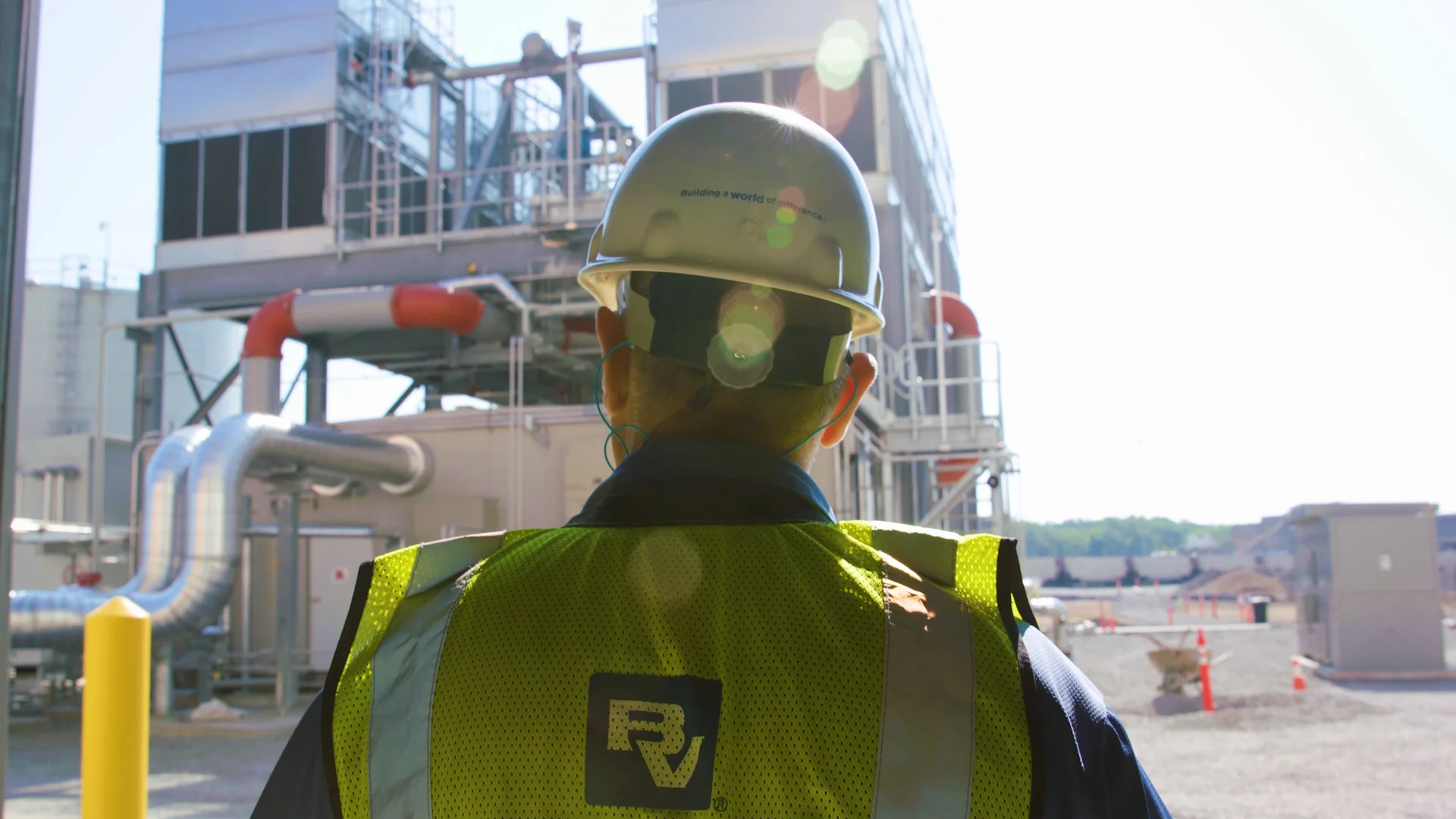Operational technology (OT) cybersecurity comes down to two basic things — safety and uptime. We call it “consequence-driven cybersecurity”, and it focuses on managing our client’s top risks. That was the push behind developing this in the beginning, and it’s still our focus.
We've done that in numerous ways. We help our clients figure out what's needed now and what’s next — the most common questions we’ve heard. We do a lot of assessment, planning and requirement-setting, depending on where they are on their cyber journey. It's usually that consultative approach that says, “What do I do about this now and how do I make a risk-prioritized plan? How do I get the resources and authorities I need to go build a program? And how do I make sure I have the visibility and control over my OT assets to keep them safe and running?” We usually start there with lots of our clients, whether they're doing a new build or doing brownfield ongoing operations.
And then we fold into the “can you help us build?” That's when we come with the secure-by-design cyber — we're engineering it in or we're doing the in-construction phase. Or if you're on the other side of the equation and your operations already are going, we'll help you actually implement it and stand up your program from a programmatic level. Then there’s the operational piece in which we do managed services and security operations centers.
We've learned our clients have got new kinds of technologies such as AI or machine learning (ML), increasing the impact and abilities of threats. And, of course, digitalization is happening — meaning more connections, more attack surface, more ways the “bad guys can do bad stuff.” This threat environment is always changing and always growing, and we need to make sure you get ahead of it. It's not a set-it-and-forget-it scenario. You have to stay on top of it and keep evolving to stay ahead. You can't be passive.



